Palau
Welcome to Palau
Welcome to Palau, a breathtaking archipelago nestled in the heart of the Pacific Ocean, renowned for its pristine natural beauty, vibrant marine life, and rich cultural heritage. Comprising over 300 islands, Palau offers a unique blend of adventure, relaxation, and cultural immersion that makes it a must-visit destination for travelers seeking an unspoiled paradise.
Palau is a tropical haven characterized by crystal-clear turquoise waters, lush jungles, and stunning coral reefs. The islands are famous for their world-class diving spots, including the iconic Blue Corner and German Channel, where divers encounter manta rays, sharks, and vibrant coral ecosystems. Beyond the underwater wonders, Palau’s Rock Islands—UNESCO World Heritage-listed—feature dramatic limestone formations, hidden lagoons, and white sandy beaches that invite exploration and tranquility.
The main hub of activity is Koror, the most populous island and gateway for most visitors. While Koror itself is more urbanized, it offers cultural experiences such as local markets, museums, and traditional cuisine. For those interested in history, Palau also holds significant World War II sites, including sunken shipwrecks and jungle ruins that tell stories of the past.
Palau’s commitment to environmental conservation is strong, with initiatives like the Palau Pledge encouraging sustainable tourism. The local people are known for their warmth and hospitality, eager to share their traditions, folklore, and cuisine with visitors, enriching every travel experience.
Why Visit Palau?
1.
Unparalleled Natural Beauty: Palau boasts some of the world’s healthiest coral reefs, diverse marine life, and unique ecosystems like Jellyfish Lake, where you can snorkel among harmless jellyfish in a surreal setting.
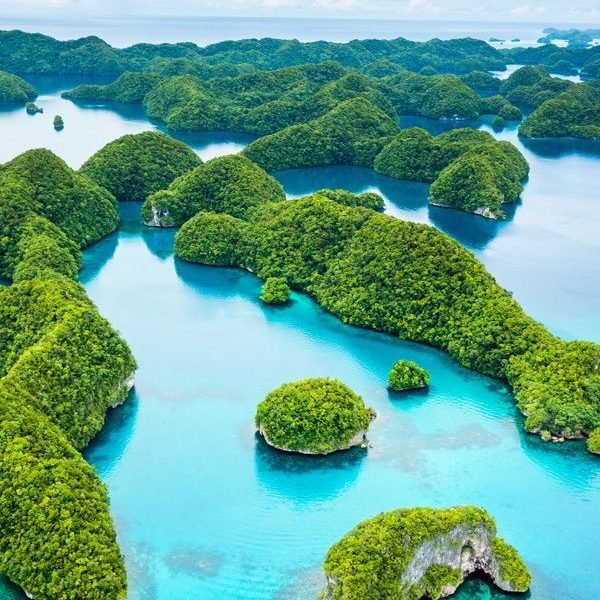
2.
World-Class Diving and Snorkeling: Recognized globally as a top diving destination, Palau offers spectacular underwater landscapes, teeming with manta rays, sharks, and vibrant coral gardens, perfect for both beginners and experienced divers.
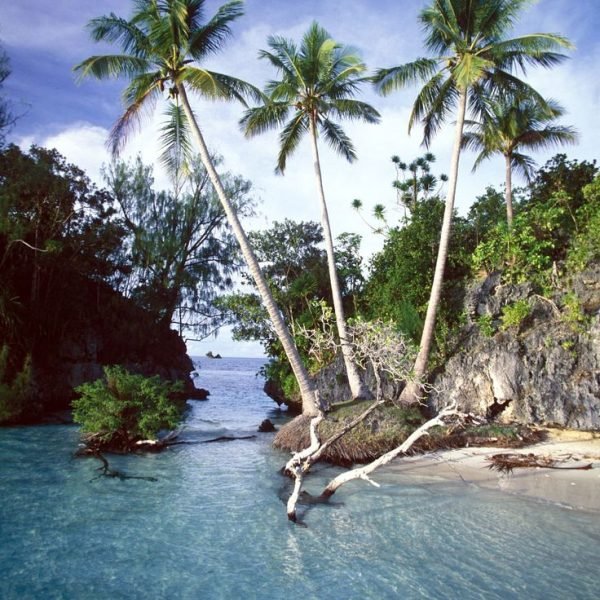
Planning Your Trip
Visa Information
Visitors from many countries, including the United States, do not require a visa to enter Palau for stays up to one year, provided they hold a passport valid for at least six months upon entry. It is advisable to check specific visa requirements based on your nationality before traveling.
Best Time to Visit
The ideal time to visit Palau is during the dry season, which runs from December to April. This period offers calm seas, excellent visibility for diving, and pleasant weather for island exploration. It is also the peak tourist season, so prices for accommodation and tours may be higher.
The wet season, from May to November, brings more rain but also lush landscapes and fewer tourists, making it a good time for travelers seeking solitude and greener scenery. Palau does not experience typhoons, so travel is possible year-round.
Getting To and Around
Getting to Palau
Palau is accessible by air primarily through Roman Tmetuchl International Airport on Babeldaob Island, near Koror. Direct flights connect Palau with regional hubs such as Guam, the Philippines, Taiwan, and Japan. Due to Palau’s remote location, flights may be limited, so booking in advance is recommended.
Getting Around
Once in Palau, transportation options include:
- Car Rentals: Renting a car is a convenient way to explore Babeldaob Island and Koror at your own pace.
- Public Transportation: Buses and shared taxis operate mainly on the larger islands but can be infrequent.
- Boat Transfers: To reach outer islands and dive sites, boat tours and charters are common and often arranged through resorts or local operators.
- Ferries: Public ferries connect some islands, such as Koror to Peleliu, offering an affordable way to explore beyond the main islands.

Accommodation
Palau offers a diverse range of accommodation options catering to different tastes and budgets, from luxurious five-star resorts to cozy boutique hotels and budget-friendly guesthouses. Whether you seek a lavish beachfront villa, a comfortable hotel room with modern amenities, or a simple place to rest after a day of exploring, Palau has something to suit every traveler.
Luxury Resorts and Hotels
For those looking to indulge, Palau boasts several high-end resorts that provide exceptional comfort and stunning surroundings. The Palau Pacific Resort, located in Mayongs City, is a premier five-star property with 165 rooms, suites, and overwater bungalows featuring glass floors and balconies perfect for sunset views. The resort offers exclusive private beach access, a swimming pool, and a PADI five-star dive center, making it ideal for diving enthusiasts and luxury seekers alike.
Another top-tier option is the Palau Royal Resort by Nikko Hotels on Malakal Island. This five-star hotel features a man-made private beach, yacht marina, and a variety of leisure facilities including an outdoor swimming pool, tennis courts, mini golf, a gym, and a spa. Its 157 rooms and suites provide a blend of comfort and elegance, making it a favorite among travelers who want a full-service resort experience.
Mid-Range and Boutique Hotels
Palau also offers a variety of mid-range hotels and boutique accommodations that combine comfort with local charm. Hotels such as Hotel Palau and Hotel Capo D’Orso Thalasso & Spa provide beautiful sea views, well-appointed rooms, and excellent amenities including pools, spas, and fine dining options. These hotels often feature breakfast included and are praised for their attentive service and relaxing atmospheres.
Boutique hotels like La Vecchia Fonte Boutique Hotel and L’Orso e il Mare – Adults Only offer intimate settings with personalized service, ideal for couples or travelers seeking a quiet retreat. These accommodations often highlight traditional decor and local influences, providing a culturally rich stay.
Budget and Affordable Options
Travelers on a budget will find plenty of affordable hotels, guesthouses, and apartments primarily around Koror Island, the main hub of Palau. Options such as Residence Green Village Palau and Palau City Hotel offer clean, comfortable rooms with essential amenities at reasonable prices. Many budget accommodations provide easy access to local markets, restaurants, and transport links, making them convenient bases for exploring the islands.
For those who prefer a more independent stay, apartments and condominiums like Residence Il Mirto offer self-catering facilities and a homely atmosphere. Additionally, some resorts and hotels provide all-inclusive packages, which can be a cost-effective choice for families or longer stays.
Unique Stays and Villas
For a more exclusive experience, some resorts offer private villas with gardens and stunning views, perfect for families or groups seeking privacy and luxury. Villas often come fully equipped with kitchens, spacious living areas, and outdoor spaces to enjoy the tropical climate.
Overall, Palau’s accommodation scene balances luxury and affordability, ensuring all visitors find a place that complements their travel style and enhances their island experience.
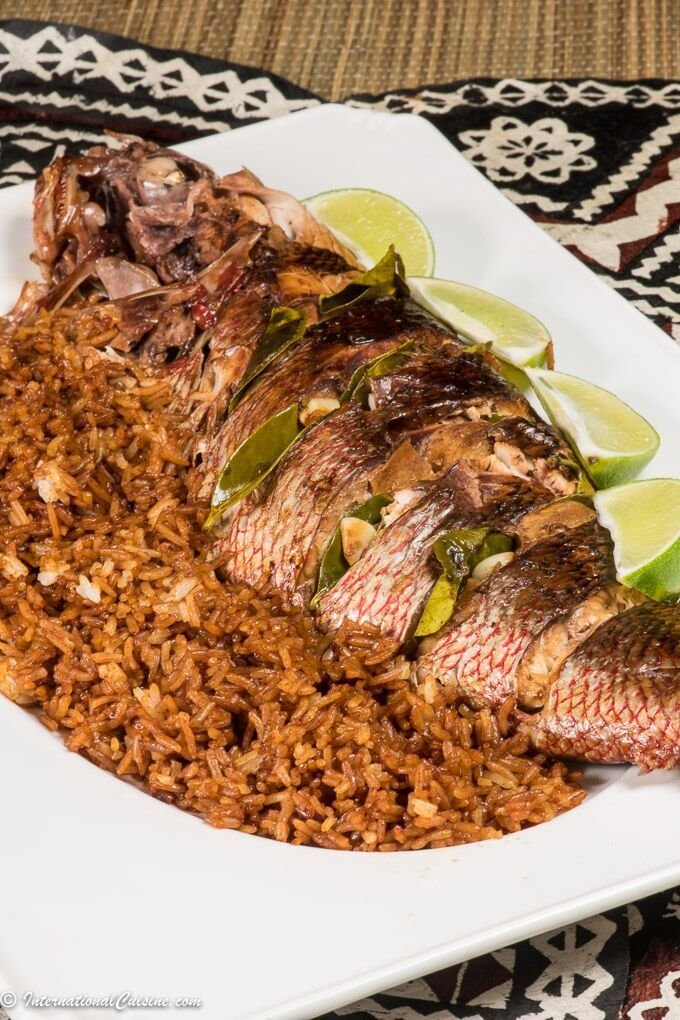
Food and Drink
Palau’s culinary scene is a vibrant reflection of its multicultural heritage, blending traditional Micronesian flavors with influences from Japan, the Philippines, and other Pacific islands. Fresh seafood dominates the menu, complemented by tropical fruits and locally grown vegetables, creating a delicious and healthy dining experience.
Traditional Palauan Cuisine
At the heart of Palauan food culture is a reliance on fresh, natural ingredients sourced from the surrounding ocean and fertile land. Popular traditional dishes include:
- Taro and Breadfruit: Staple root vegetables often boiled or roasted and served as a side dish.
- Fish and Seafood: Freshly caught fish, octopus, clams, and lobster are commonly grilled, steamed, or prepared in coconut milk-based sauces.
- Ulek (Pork Stew): A hearty stew made with pork, taro leaves, and coconut milk, showcasing the island’s rich flavors.
- Fruit Bowls: Palau’s tropical climate produces an abundance of fruits like bananas, papayas, mangoes, and coconuts, often served fresh or in desserts.
Local markets, especially in Koror, are great places to sample these traditional foods and experience the vibrant daily life of Palauans.
Dining Out: Restaurants and Cafés
Palau offers a variety of dining establishments ranging from casual beachside eateries to upscale restaurants. Many resorts feature fine dining with menus that highlight local ingredients and international cuisine, including Japanese sushi, Filipino dishes, and Western-style meals.
In Koror, you can find numerous restaurants serving freshly caught seafood grilled to perfection, alongside Asian fusion and continental options. Some popular dishes include sashimi featuring local tuna, garlic butter lobster, and tropical fruit smoothies.
For a casual meal, food stalls and small cafés offer quick bites such as grilled fish sandwiches, fried taro chips, and tropical fruit juices. These spots are perfect for travelers looking to enjoy authentic flavors in a relaxed setting.
Drinks and Nightlife
While Palau is not known for a bustling nightlife scene, there are several bars and lounges where visitors can unwind with a tropical cocktail or a cold beer after a day of adventure. Many resorts have bars with ocean views, serving creative drinks made with local fruits and spirits.
Traditional beverages include tuba, a fermented coconut sap drink, which can be found at local gatherings and some eateries. For coffee lovers, Palau offers fresh, locally grown coffee, often served strong and sweetened with condensed milk.
Food Festivals and Cultural Events
Visitors may also have the opportunity to experience Palau’s food culture through festivals and cultural events, where traditional cooking methods and dishes are showcased. These events provide a deeper insight into Palauan heritage and the communal spirit of sharing food.
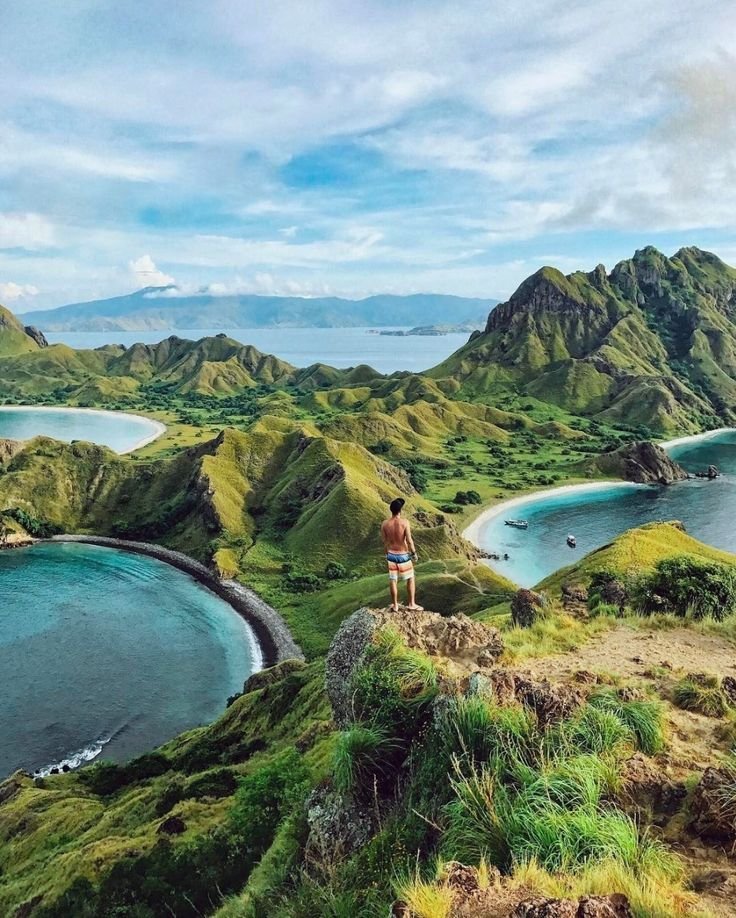
Must-See Attractions
- Rock Islands Southern Lagoon
The Rock Islands are the crown jewel of Palau, a UNESCO World Heritage site comprising 445 limestone islets scattered across turquoise waters. These islands feature lush vegetation, hidden lagoons, and pristine white-sand beaches. Visitors can explore sea caves, snorkel in vibrant coral reefs, or simply enjoy the breathtaking scenery. The Rock Islands are perfect for kayaking, island hopping, and photography, offering a serene escape into nature’s splendor.
- Jellyfish Lake
One of Palau’s most unique natural wonders, Jellyfish Lake is home to millions of golden jellyfish that have evolved without predators, making their stings harmless to humans. Swimming or snorkeling here is a surreal experience, as you glide gently among these ethereal creatures in crystal-clear waters. The lake’s stratified layers mean you should stay near the surface for safety, but the encounter is unforgettable and unlike anywhere else on Earth.
- Milky Way Lagoon
Nestled within the Rock Islands, Milky Way Lagoon is famous for its white limestone mud, believed to have natural skin-rejuvenating properties. Visitors can apply the soft mud as a natural spa treatment while enjoying the lagoon’s calm, turquoise waters. This spot is ideal for relaxation after a day of adventure and offers a unique blend of natural beauty and wellness.
- Ngardmau Waterfall
Located on Babeldaob Island, Ngardmau Waterfall is the tallest waterfall in Palau and a spectacular sight surrounded by dense tropical rainforest. The hike to the falls is an adventure in itself, with lush scenery and the sounds of nature accompanying you. Upon arrival, the cascading water and serene pools provide a refreshing reward and excellent photo opportunities.
- German Channel
Originally a man-made channel built during the German colonial period, the German Channel has transformed into a premier dive site. It is renowned for manta ray sightings, as these majestic creatures gather at cleaning stations here. Diving or snorkeling in the German Channel offers encounters with diverse marine life, including sharks, turtles, and colorful reef fish.
- Chandelier Cave
For experienced divers, Chandelier Cave offers an extraordinary underwater cave diving experience. The cave features four interconnected chambers filled with clear water and stunning stalactites resembling chandeliers. The presence of air pockets inside the chambers allows divers to surface underwater, adding to the uniqueness of this dive. Calm waters and minimal currents make it a must-visit for adventurous divers.
- Long Beach and Other Pristine Beaches
Palau’s beaches are idyllic, with powdery white sand and crystal-clear waters. Long Beach is a favorite for swimming, sunbathing, and picnicking. Many beaches remain relatively untouched, offering tranquil spots to relax and soak in the tropical atmosphere away from crowds.
- Belau National Museum and Etpison Museum
For those interested in Palau’s culture and history, these museums provide valuable insights. The Belau National Museum showcases traditional crafts, shell and stone money, and artifacts reflecting Palauan heritage. The Etpison Museum features historical paintings, maps, and exhibits on Palau’s past, including its colonial history and World War II legacy.
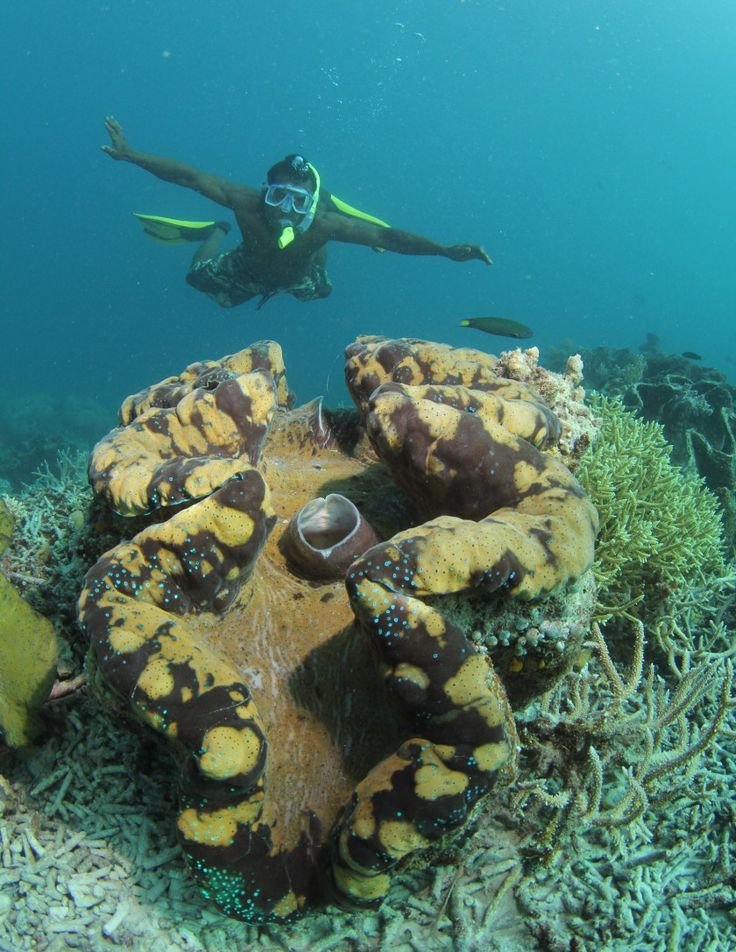
Must-Do Activities
- Scuba Diving
Palau is globally recognized as one of the top diving destinations, boasting some of the healthiest coral reefs and richest marine biodiversity on the planet. Dive sites like Blue Corner, Ulong Channel, and German Channel offer thrilling encounters with reef sharks, manta rays, turtles, and vast schools of fish. Whether you are a beginner or an experienced diver, Palau’s underwater world promises unforgettable adventures.
- Night Diving
Night diving in Palau reveals a completely different underwater ecosystem. As darkness falls, bioluminescent plankton light up the water, and nocturnal creatures such as nudibranchs, cuttlefish, and colorful sea slugs emerge. Sites like Chandelier Cave and the coral gardens around the Rock Islands are popular for night dives, offering mesmerizing sights that daytime snorkeling cannot match.
- Snorkeling in Jellyfish Lake
Swimming with millions of stingless golden jellyfish is a once-in-a-lifetime experience. Snorkeling in Jellyfish Lake allows you to observe these gentle creatures up close in a safe environment. It’s a surreal and peaceful activity that connects you with Palau’s unique ecosystem.
- Kayaking and Island Hopping
Exploring the Rock Islands by kayak is a favorite activity for nature lovers and adventure seekers. Paddle through hidden lagoons, sea caves, and along secluded beaches, stopping to snorkel in shallow reefs or relax on pristine shores. Island hopping tours also allow visitors to discover remote islands, each with its own charm and natural beauty.
- Hiking and Waterfall Exploration
Beyond the beaches and reefs, Palau’s interior offers lush rainforests and scenic hiking trails. Trekking to Ngardmau Waterfall or other jungle paths provides a chance to experience the island’s flora and fauna on foot. These hikes vary in difficulty but reward visitors with stunning views and refreshing natural pools.
- Cultural Tours
Engage with Palau’s rich cultural heritage through guided tours that include visits to traditional villages, craft workshops, and historical sites. Learn about Palauan customs, legends, and the significance of shell money. Cultural experiences deepen your understanding of the islands beyond their natural beauty.
- Visit WWII Historical Sites
History enthusiasts can explore remnants of World War II, particularly on Peleliu Island. The island features abandoned Japanese military bunkers, command posts, and battlefields slowly reclaimed by jungle. These sites offer a poignant glimpse into Palau’s wartime past and the resilience of its people.
- Relaxation and Wellness
After days filled with adventure, many visitors enjoy relaxing at resorts or spas that offer wellness treatments inspired by local traditions. The Milky Way Lagoon’s mud baths and oceanfront massages provide rejuvenation in a serene setting.
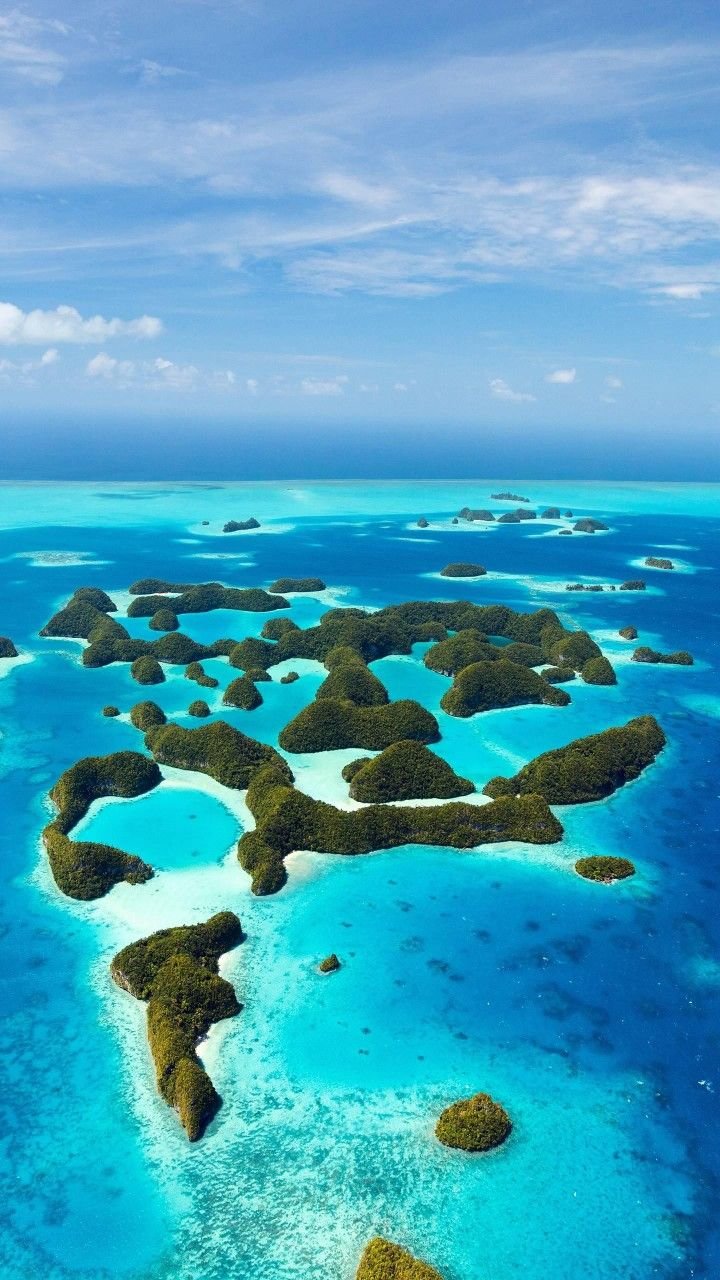
Travel Tips
Traveling to Palau in 2025 offers an incredible opportunity to immerse yourself in a stunning island paradise rich with natural wonders and a deeply rooted culture. To make the most of your journey, understanding essential travel tips—including safety advice, local customs, and language basics—will help you navigate Palau respectfully and confidently.
Safety Advice
Palau is generally a very safe destination for travelers. Crime rates are low, and violent crime is rare. However, as with any travel, it’s wise to take basic precautions:
- Respect the Environment: Palau’s natural environment is fragile. Avoid touching or stepping on coral reefs, and do not remove shells, coral, or wildlife from the islands or marine parks. Follow guidelines for sustainable tourism to help preserve Palau’s pristine ecosystems.
- Water Safety: If you plan to swim, snorkel, or dive, always check local weather and sea conditions. Some areas have strong currents, so it’s best to go with a guide or experienced local. Wear reef-safe sunscreen to protect both your skin and the marine life.
- Health: Palau has good healthcare facilities in Koror, but remote islands may have limited medical access. Bring any necessary medications and insect repellent to protect against mosquitoes, especially during the wetter months.
- Respect Local Laws: Palau enforces strict laws on drug use and trafficking, with severe penalties. Also, the Palau Pledge, a mandatory environmental pledge signed by visitors on arrival, emphasizes respect for the environment and culture—adhering to it is important.
- Transportation: Roads on Babeldaob Island and Koror are generally in good condition, but driving is on the right side. Watch for pedestrians and animals, and drive cautiously, especially on rural roads.
Local Customs
Palauan culture is deeply rooted in tradition, with a strong emphasis on respect, community, and harmony with nature. Understanding and observing local customs will enrich your experience and show respect to your hosts.
- Matrilineal Society: Palau’s society is matrilineal, meaning lineage and inheritance pass through the female line. Women play a central role in family and community leadership, including land ownership and decision-making.
- Respect for Chiefs and Elders: Villages are traditionally governed by a Council of Chiefs, with a parallel council of women who hold significant influence. Showing respect to village leaders and elders is important, especially when visiting villages or participating in cultural events.
- Greetings and Etiquette: A simple, respectful greeting such as “Alii” (hello) is appreciated. When visiting someone’s home or village, dress modestly and remove your shoes before entering traditional meeting houses called “bai.”
- Gift Giving: If invited to a local home or ceremony, it is customary to bring a small gift, such as food or handicrafts. This gesture is a sign of respect and appreciation.
- Traditional Ceremonies: Palauans celebrate many traditional ceremonies like birth rites, first-house ceremonies, and funerals. These events often involve chanting, dancing, and storytelling. Visitors are welcome but should observe quietly and respectfully.
- Chanting and Dance: Palauan culture uses chanting and dance to tell stories and teach lessons. Men’s dances often reflect warrior traditions, while women’s dances emphasize grace and storytelling. Watching or participating respectfully can be a highlight of your visit.
- Connection to the Sea and Land: The ocean and land are central to Palauan identity. Men traditionally fish and navigate the seas, while women tend to taro fields and manage land resources. This balance is reflected in daily life and cultural practices.
Language Basics
The official languages of Palau are Palauan and English, with English widely spoken, especially in tourism and government sectors. However, learning a few Palauan phrases will endear you to locals and deepen your cultural experience.
- Greetings:
- “Alii” (ah-LEE) – Hello / Welcome
- “Kmal mesulang” (kuh-MAHL meh-soo-LANG) – Good morning
- “Kmal merir” (kuh-MAHL meh-REER) – Good afternoon
- “Kmal mesulang a delal” – Good evening
- Polite Expressions:
- “Siul” (see-OOL) – Thank you
- “Ng diak” (ng dee-AHK) – You’re welcome / It’s okay
- “Bai” (buy) – Goodbye
- Basic Phrases:
- “Ungil a ngara” – What is your name?
- “Ng diak a rengul” – I don’t understand
- “Ng diak a mo er a Belau” – I don’t speak Palauan
Palauan pronunciation can be challenging, but locals appreciate any effort to speak their language and will often respond warmly.
Final Tips for a Smooth Journey
Additional Practical Tips
- Currency: The US dollar is the official currency in Palau, so no currency exchange is needed for most visitors from the US.
- Electricity: Palau uses 120 volts and 60 Hz electricity, with American-style plugs (Type A and B). Visitors from other regions should bring appropriate adapters.
- Connectivity: Internet access is available in Koror and some resorts, but can be limited in remote areas. Prepare for some digital detox and enjoy the natural surroundings.
- Respect Nature: Palauans have a strong environmental ethic, exemplified by the Palau Pledge, which visitors sign upon arrival. This pledge commits travelers to protect Palau’s environment and respect its culture.
- Tipping: Tipping is not a widespread custom but is appreciated for excellent service in restaurants and tours.
Traveling to Palau in 2025 offers a rare chance to explore a pristine island culture where respect for tradition and nature are paramount. By following safety advice, embracing local customs, and learning basic Palauan phrases, you will not only ensure a smooth and enjoyable visit but also foster meaningful connections with the welcoming Palauan people. This approach will enrich your journey, allowing you to experience the true heart of Palau beyond its stunning landscapes.

